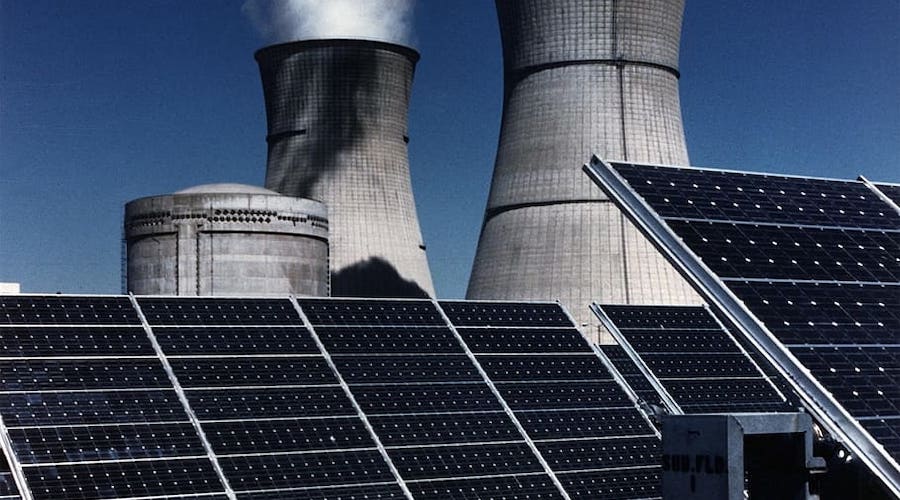
“In Australia, for example, the payback period for households investing in solar has been favourable, at less than 10 years, since 2013,” the report reads. “As a result, adoption has already taken off, with more than 2.5 gigawatts of residential solar added in 2020 alone.”
According to the document, solar adoption mainly occurs when there is an economic case for the households and businesses investing in the technology, usually in the form of high internal rates of return or short payback periods. Meanwhile, in regions where the economics have not yet reached such tipping points, policymakers are introducing targeted incentives to create favourable market conditions and bring forward deployment.
Encouraging energy storage could be done by adjusting export rates, which are the payments offered to solar owners when they export energy to the grid
“One such example is France, where existing incentives mean that residential solar can earn internal rates of return of around 18.5% (a five-year payback), and commercial installations achieve 10.4% IRR (or a nine-year payback). This has stimulated gradual growth in the market, to about 500 megawatts of installations in 2020,” the review states.
“A key consideration at the early stage of market development is to avoid an unsustainable boom. Policy designs should account for the fact that solar costs will continue to fall over time, and moderate support to reflect these changing dynamics.”
In BNEF and Schneider’s view, the economic case for adding solar during the construction of new buildings is particularly strong because so-called ‘soft costs,’ such as marketing and sales costs, as well as labour and construction costs, can be reduced, while the benefits remain the same.
The market analyst and the energy provider point to the example of France, where the IRR for residential solar could be boosted to 28% when added during new construction. In California, on the other hand, the IRR could reach 40% when solar is added at the point of construction, while it reaches 20% when the clean energy system is added to existing homes.
The case for energy storage
The report puts an emphasis on the role of policymakers and regulators in encouraging the adoption of energy storage, particularly taking into account that high levels of solar adoption can lead to excess energy produced during the day, while also possibly destabilizing the power grid.
“The evolution of customer-sited solar is to add some form of flexibility, which has the ability to unlock a much higher penetration of solar,” writes Yayoi Sekine, BNEF’s head of decentralized energy. “The most obvious form of flexibility is batteries, but energy storage will come in many forms, including shifting demand and using electric vehicles.”
Sekine mentioned that encouraging energy storage could be done by adjusting export rates, which are the payments offered to solar owners when they export energy to the grid, as well as time-of-use retail electricity rates, which reflect the lower generation costs of solar during daylight.
Storage could also be boosted enabling payments for storage to provide grid services, sometimes called aggregation payments, and through the implementation of demand charges, a resource primarily available for business customers.
“These levers are generally meant to make rates more reflective of generation and grid costs but are also likely to encourage energy storage,” the report reads.
“In California, for example, reducing export rates to 35% of retail tariffs, while it would damage the economics of solar overall, would shift the emphasis over to solar systems paired with storage, which would still generate a 13% IRR. For commercial and industrial installations, adding so-called aggregation payments for batteries would boost IRRs to 22.8%, making solar-plus-storage a more attractive option than solar alone.”




